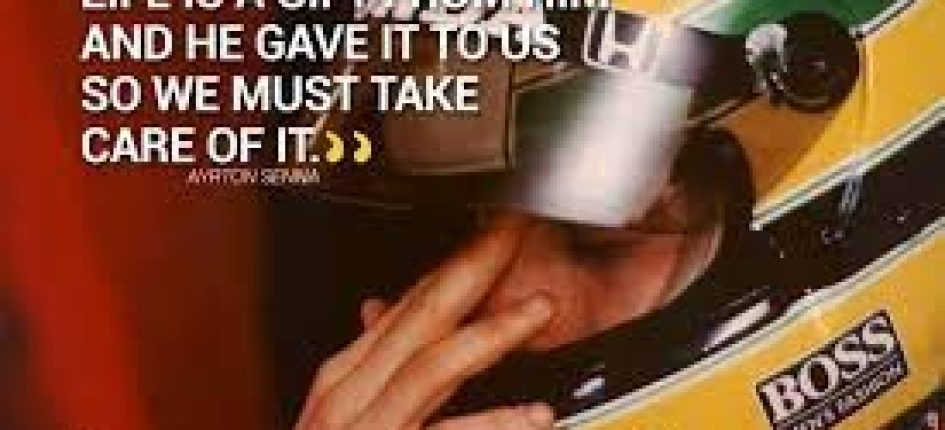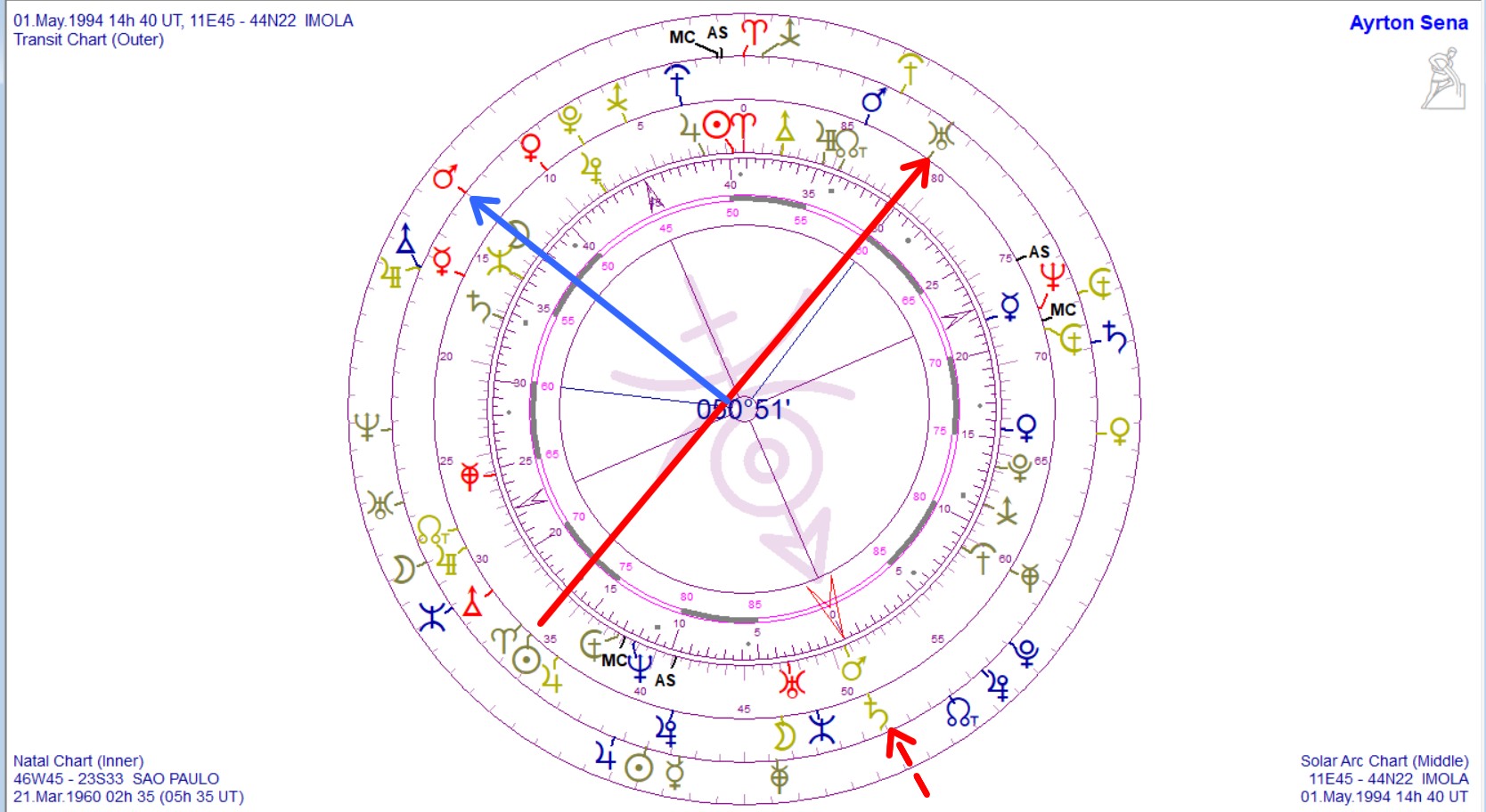
“God is dead. God remains dead. And we have killed him.”
Friedrich Wilhelm Nietzsche
Ayrton Sena was a legend in the history of Formula 1 and sport in general. According to the specialist motorsport site racingnews365.com, the fatality occurred on the 1st of May 1994.
Ayrton Senna was killed on 1 May, 1994 after his Williams FW16 crashed into a concrete barrier while he led the 1994 San Marino Grand Prix.
Senna’s passing came one day after Austrian driver Roland Ratzenberger lost his life when he crashed his Simtek car into the wall during qualifying, and two days after Jordan’s Rubens Barrichello clipped a kerb and crashed into the barriers at 95G, which resulted in a broken nose and sprained wrist.
Senna and Ratzenberger’s deaths marked the first time a fatal incident had occurred at an F1 event since Riccardo Paletti’s passing at the 1982 Canadian GP. This prompted the implementation of new safety measures in F1 and at circuits, as well as the re-establishment of the Grand Prix Drivers’ Association.
The fateful San Marino GP weekend begins
The weekend got off to bad start when Barrichello crashed at the Variante Bassa china at 225km/h.
Senna got out of his Williams car and went to the scene of the accident, where FIA doctor Sid Watkins performed emergency work on Barrichello, whose tongue blocked his airway.
Barrichello eventually regained consciousness, having suffered a broken nose and sprained wrist, though he didn’t take part in the rest of the race weekend.
Things got even worse on Saturday. During the second qualifying session in the afternoon, Ratzenberger crashed into the concrete wall on the outside of the Villeneuve curve at 314 km/h due to a suspected front wing failure. Senna got inside a course car and arrived on scene as Ratzenberger was taken into an ambulance.
From there, news broke that Ratzenberger had passed away, with Senna and neurosurgeon Sid Watkins leaving the Medical Centre together. Watkins told Senna he didn’t have to race again and suggested he withdraw from racing and go fishing with him, with the Brazilian stating he couldn’t stop.
Senna opted not to take part in the rest of the qualifying session and did not attend the post-qualifying press conference.
On Sunday morning, Senna was fastest in the warm-up session by 0.9s and later took part in a drivers’ briefing with Gerhard Berger. Having been involved in a row with race officials for commandeering a course car to visit the scene of Ratzenberger’s crash, Senna asked the Austrian to raise concerns over the presence of the pace car during the formation lap, as its only purpose was to promote the latest Porsche 911.
Senna then met with fellow drivers in an attempt to re-establish the Grand Prix Drivers’ Association in order to improve safety in F1. He offered to take the role of leader, starting at the following race in Monaco.
Senna’s fatal crash at Tamburello
The black cloud that hung over the Autodromo Enzo e Dino Ferrari that weekend continued once the lights turned green on race day. Pedro Lamy and JJ Lehto were involved in a serious crash when the Lotus driver slammed into the back of the stalled Benetton.
Debris flew everywhere and caused minor injuries to a police officer and eight spectators. The collision resulted in the Safety Car being deployed, driven by German Formula 3 driver Max Angelelli.
The Safety Car remained on track for five laps, but Senna had pulled up alongside the Opel Vectra, which was a family sedan, to gesture to the driver to speed up.
The race resumed on Lap 6, with Senna leading and Schumacher behind him in second. The next lap saw Senna’s Williams leave the track in a straight line at Tamburello and crash into a section of unprotected concrete barrier.
Telemetry showed that Senna entered the corner at 309km/h, braked hard, downshifted
twice and then impacted the wall at 211km/h.
The impact tore off the front-right wheel and nose cone before coming to a halt, with Senna motionless in the car.
The front-right wheel had shot up on impact and entered the cockpit, thereby striking the front-right area of Senna’s helmet. The impact itself shoved the Brazilian’s head back against the headrest while causing skull fractures.
A piece of suspension attached to the wheel also partially penetrated his helmet and caused head trauma, while a jagged piece of the upright assembly penetrated the helmet visor just above his right eye.
Any of the three injures may have led to his death.

The Uranian Astrology view of the event.
“Fate leads the willing and drags along the reluctant.” Seneca
When there are indications from Solar ARC (*SARC) then we have the indication of a period when an event will occur. The transit will show us when and how the event will occur.
As you can see in the Uranian chart the SARC SATURN SARC equals the natal Mars (red dotted arrow). The sign as a pair will give us the following interpretation: MA/SA: The axis of death and disease. Resignation and dismissal. Work that is not permanent. Funeral. A separation. Manifestation of serious illness. Loss of energy. An oppressed young man. What they force me to do. anger with my superiors. arthritis. interruption of work. periodic work. activities leading to separation or which are periodically interrupted. periodic work. interruption of work. sickness. acute illnesses or matters. interruption. the action of separation. forced separation. death. Obsequies.
But the event triggered by the transit MARS equals SARC SU/UR: Work that requires speed. The person who will rush. Spontaneous decisions. An injury to the body. An accident. A wounded body. The actions that excite us. A person with a tendency towards aggressive behavior.
Answers and questions: karlheinzottinger@aol.com